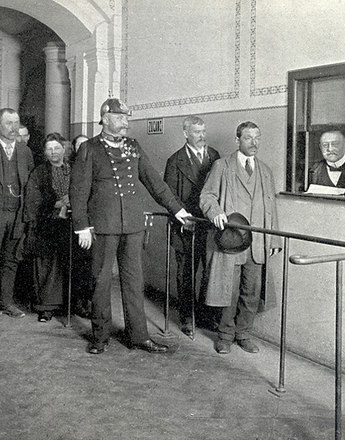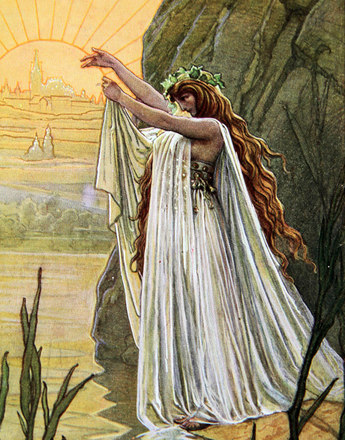Militarisation and nation-building: an interaction
What do "militarisation" and “militarism” mean? Can a clear distinction be made between the two terms? And when does the social militarisation process take place? At all events, the formation of modern states is closely linked with this process.
The term “militarisation” usually refers to a “top-down” process. The military is promoted at various levels to support the ruling power, although it can also affect other areas of culture, politics, government and society. “Militarism”, by contrast, means the ideological promotion of military and combative values in society and culture. Although “militarisation” and “militarism” are overlapping concepts, they are not identical. And yet militarism, according to Michael Hochedlinger, can be seen as the “[...] result of a (successful) militarisation process. The nationalisation of the military thus involves the ‘militarisation of the state’ […] almost always with diverse and long-term effects on the character of society and on the political culture.”
The distinction between militarisation and militarism is particularly difficult to establish in societies at an advanced stage of militarisation. The difference is increasingly blurred, for example, in the case of the Danube Monarchy and of other states in the second half of the nineteenth century. During this period the military began to infiltrate social, cultural, administrative and political life in many ways.
From a historical perspective, the increasing militarisation of Europe from the seventeenth century was closely connected with European power rivalry and then with the process of state-building. With the exception of the era of the Cabinet Wars in the eighteenth century, there was a steady increase in the extent of armed conflict in Europe. This development confronted the belligerents with the task first of recruiting sufficient soldiers, and second of financing the conflicts.
Whereas the Habsburgs availed themselves during the Thirty Years War (1618–48) of the services of Wallenstein’s private mercenary army, they decided that in the long term this approach was too risky in terms of power politics. After the Treaty of Westphalia in 1648, they began gradually to established a monarchical standing army integrated in the apparatus of state. The growing strength of the army (1650: 20,000 / 1683: 80,000 / 1701: 100,000 / 1734: 200,000 / 1790: 500,000 / 1914: 1.8 to 2 million following the general mobilisation) resulted in an unavoidable cost explosion on account of this international power rivalry. In the eighteenth century an average of 50 per cent of the state revenues were spent on the military. To liberate themselves from political, fiscal and administrative dependence on the estates and provinces, the rulers endeavoured to centralise these competences. This was gradually achieved after the defeat of the Bohemian Revolt and the rebellion of the Austrian estates in 1620 and significantly increased the power of the evolving central state.
Translation: Nick Sommers
Hochedlinger, Michael: Militarisierung und Staatenverdichtung. Das Beispiel der Habsburgermonarchie in der frühen Neuzeit, in: Kolnberger, Thomas/Steffelbauer, Ilja/Weigl, Gerald (Hrsg.): Krieg und Akkultuaration, Wien 2004, 107-129
Hochedlinger, Michael: Rekruten – Militarisierung – Modernisierung. Militär und ländliche Gesellschaft in der Habsburgermonarchie im Zeitalter des Aufgeklärten Absolutismus, in: Krol, Stefan/Krüger, Kesten (Hrsg.): Militär und ländliche Gesellschaft in der frühen Neuzeit, Hamburg 2000, 327-376
Ortner, Christian: Die k. u. k. Armee und ihr letzter Krieg, Wien 2013
Quotes:
„[...] result of a (successful) militarisation process...“: Hochedlinger, Michael: Rekruten – Militarisierung – Modernisierung. Militär und ländliche Gesellschaft in der Habsburgermonarchie im Zeitalter des Aufgeklärten Absolutismus, in: Krol, Stefan/Krüger, Kesten (Hrsg.): Militär und ländliche Gesellschaft in der frühen Neuzeit, Hamburg 2000, 334 (Translation)
-
Chapters
- Militarisation and nation-building: an interaction
- From the Theresian reforms to the battle of Königgrätz
- Universal conscription as the fundamental militarisation of society
- Military training: violence as a military instrument for achieving obedience
- Suicide, questions in parliament and pathological military discourse
- Anti-militarism in Bohemia: “The fit are enslaved”
- Total mobilisation – the First World War and special measures




